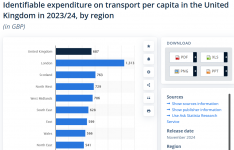gasgas
Full Member
- Messages
- 638
Have you ever seen a Fiat Multipla or a Nissan Joke - oops sorry, Juke?
These Crowns remind me of the Lexus front which I have always thought not very attractive.
And this one has a flag pole on the front wing - so you can hang the Pakistani Embassy flag from it (see Italian Job where Michael Caine gets out of prison if you don't know what I am referring to)
These Crowns remind me of the Lexus front which I have always thought not very attractive.
And this one has a flag pole on the front wing - so you can hang the Pakistani Embassy flag from it (see Italian Job where Michael Caine gets out of prison if you don't know what I am referring to)




